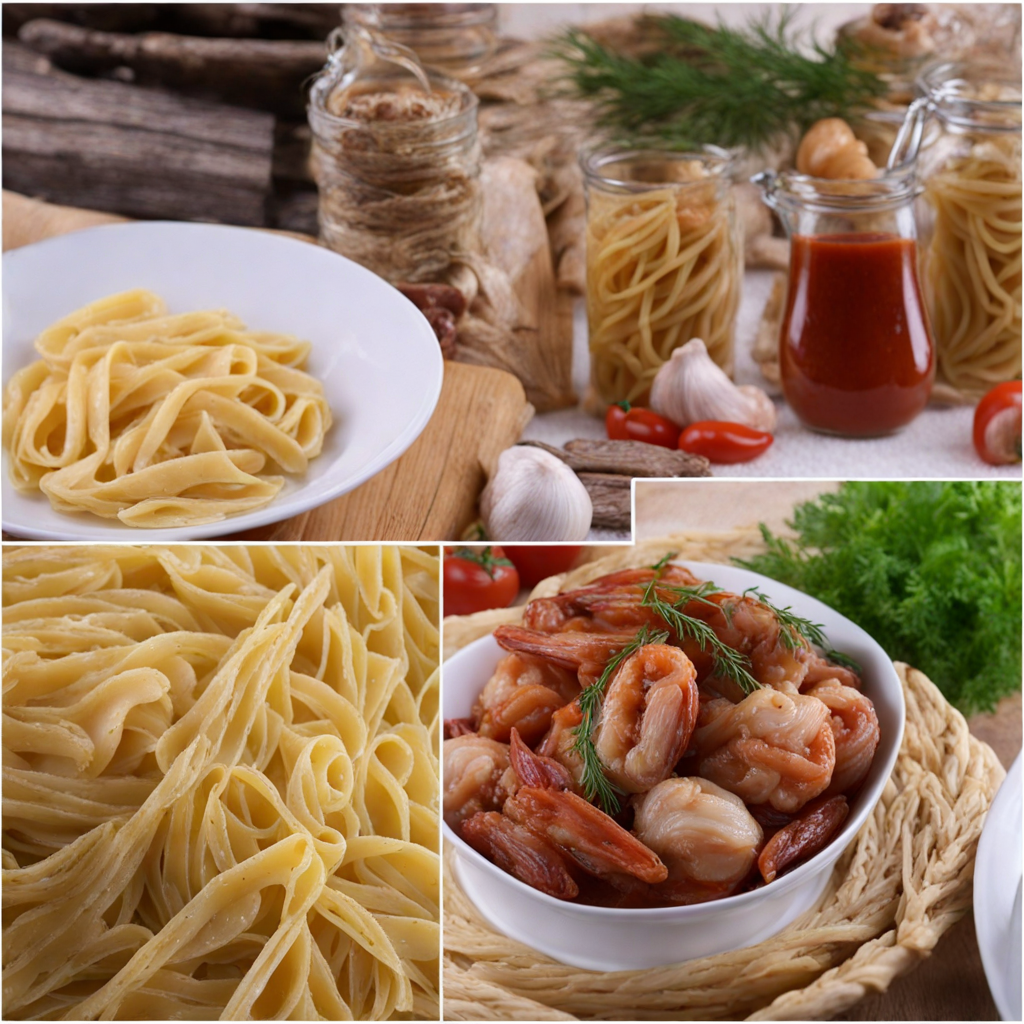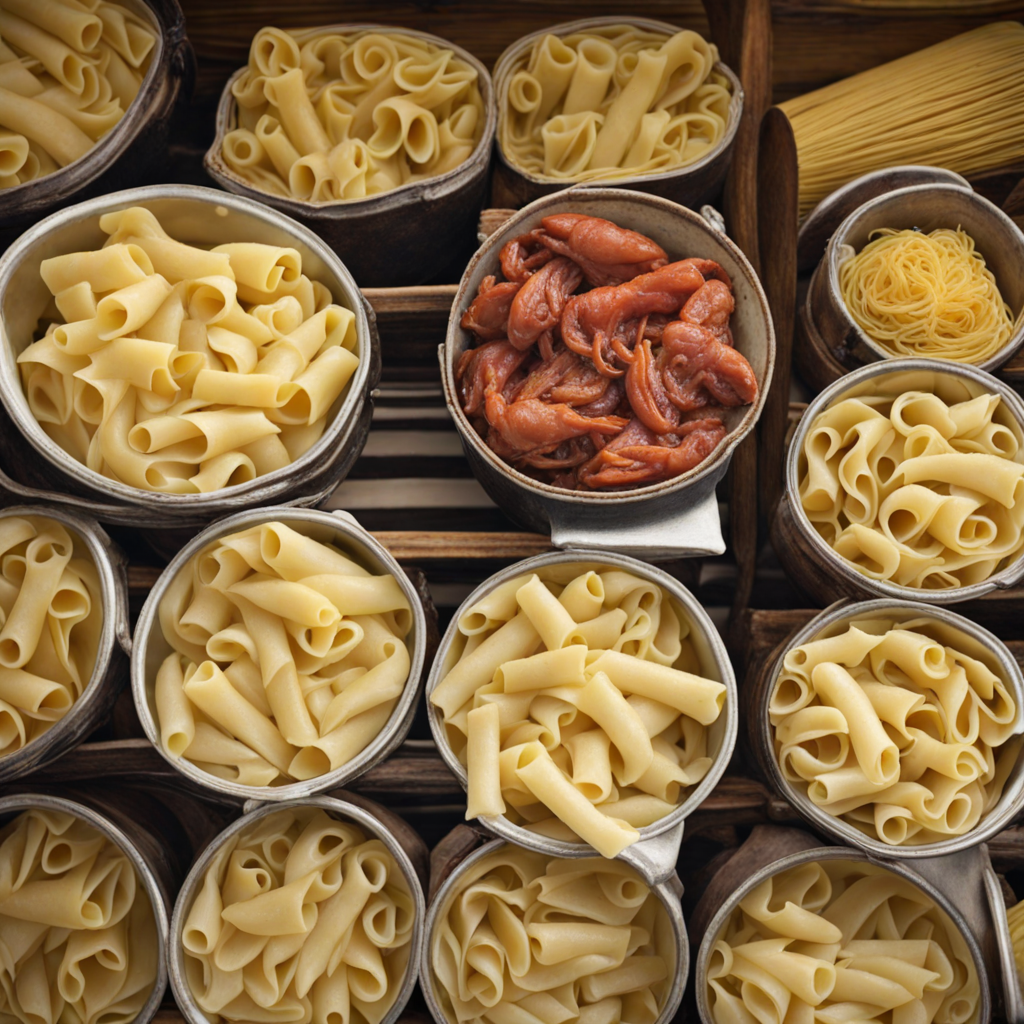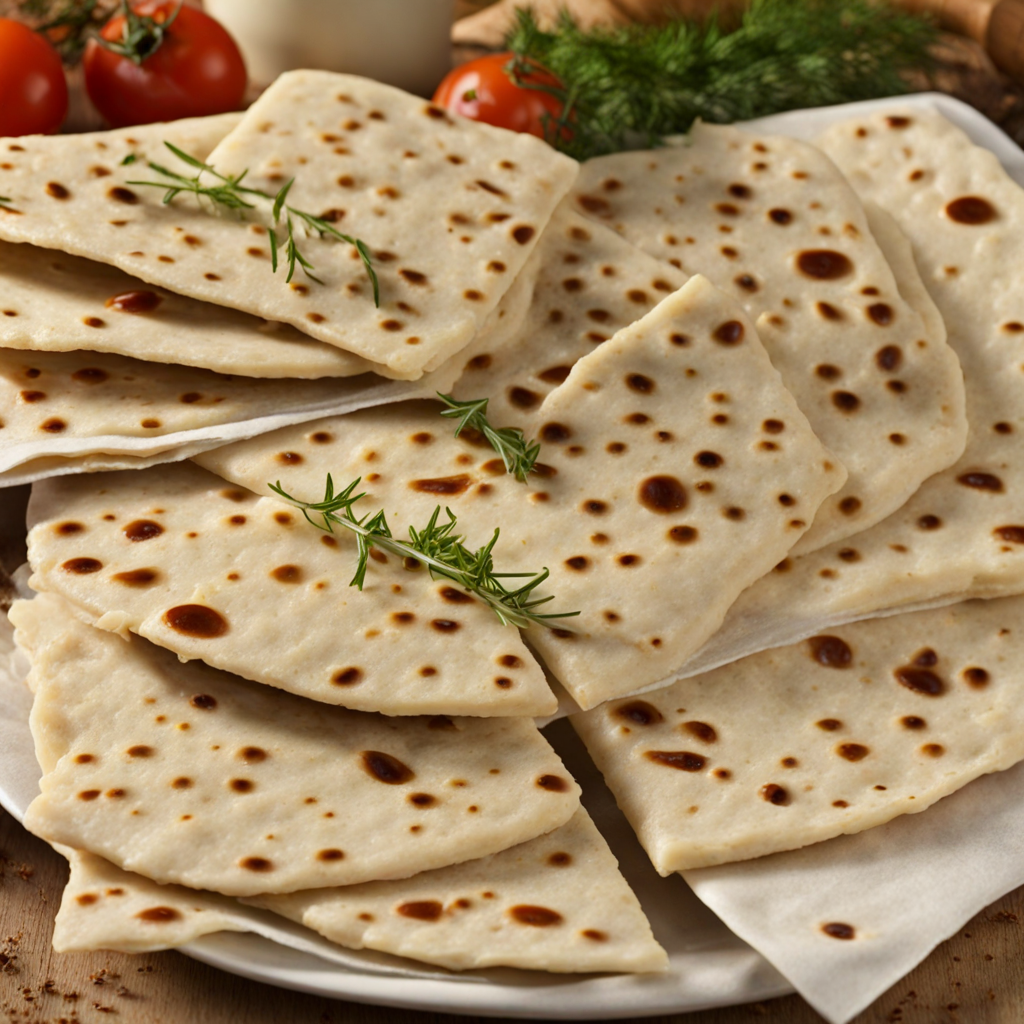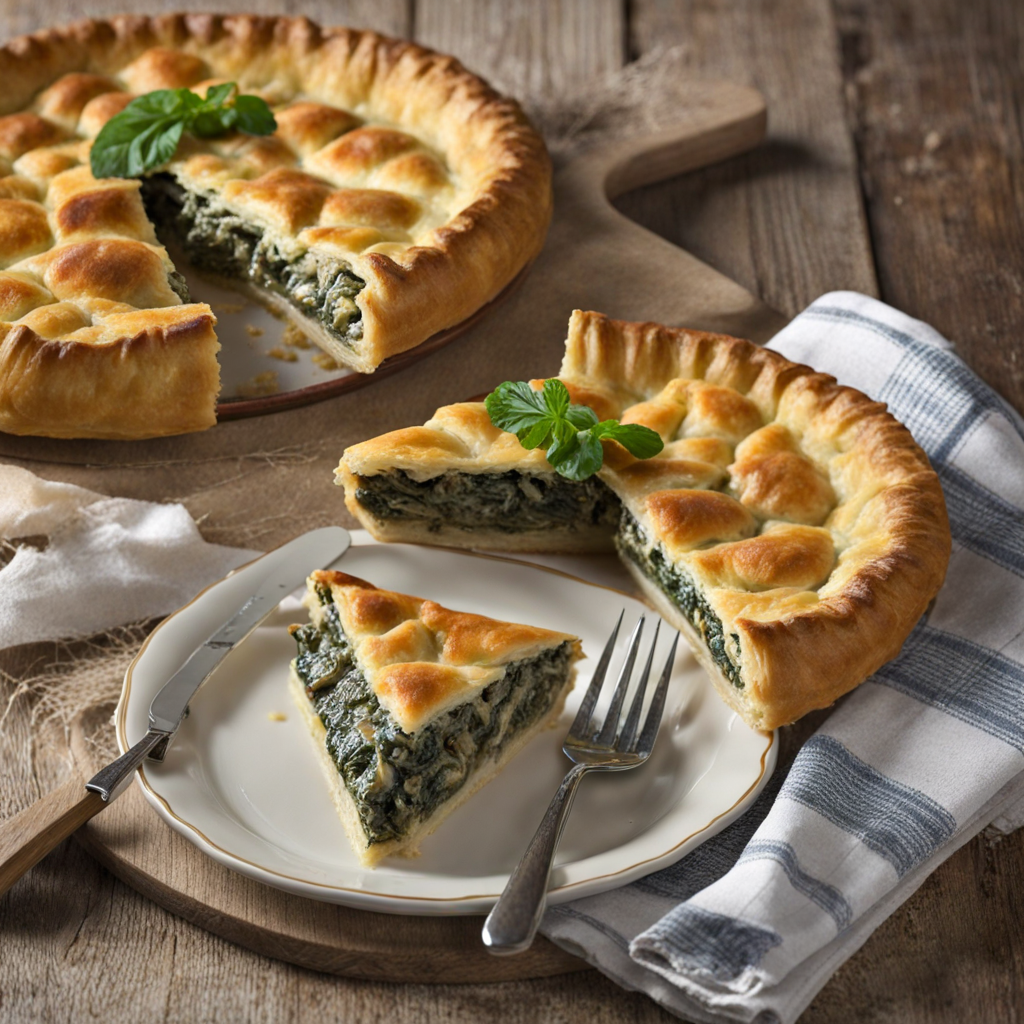Šurlice
Šurlice is a traditional Croatian pasta dish that hails from the picturesque region of Dalmatia, particularly known for its rich culinary heritage. These unique noodles are handmade, resembling thick, elongated tubes that are both chewy and hearty in texture. The preparation of šurlice is a labor of love, involving a simple mixture of flour and water that is kneaded until smooth, rolled out, and then cut into the desired shape. This artisanal approach not only highlights the pasta's rustic charm but also ensures that each bite is a delightful experience, perfectly capturing the essence of Croatian home cooking. Šurlice is typically served with a variety of sauces, but one of the most popular accompaniments is a rich, meaty sauce made from slow-cooked lamb or beef. The robust flavors of the sauce cling to the pasta, creating a satisfying combination that is both comforting and indulgent. Often enhanced with fresh herbs, garlic, and a touch of local olive oil, each dish is a testament to the quality of the ingredients used, showcasing the region's bountiful produce and culinary traditions. For those looking to explore new tastes, šurlice offers an authentic glimpse into Croatian cuisine. The dish is usually enjoyed as a main course and is perfect for sharing among family and friends. Whether enjoyed in a rustic konoba (tavern) or prepared at home, šurlice embodies the heartwarming spirit of Dalmatian cooking, making it a must-try for anyone eager to discover the flavors of this beautiful Mediterranean country.
How It Became This Dish
Šurlice is a traditional Croatian dish, particularly associated with the coastal region of Dalmatia, and more specifically, the island of Brač. This handmade pasta, characterized by its unique tubular shape, is a culinary gem that reflects the rich cultural heritage and history of the area. Its origins, cultural significance, and evolution over time provide a fascinating glimpse into the culinary landscape of Croatia. Origins The roots of Šurlice can be traced back to the agricultural practices of the Mediterranean region, where pasta-making became an integral part of local cuisine. The dish is believed to have originated in the 19th century, although some historians suggest that variations may have existed even earlier. The name "Šurlice" is derived from the word "šurla," which means "tube" or "pipe" in the local dialect, aptly describing the pasta’s shape. Historically, pasta was a staple for many Mediterranean cultures, with each region developing its own unique styles and shapes based on local ingredients and culinary traditions. In Croatia, the use of flour and water to create pasta reflects the agrarian lifestyle of the people, who relied on locally sourced ingredients. The island of Brač, known for its olive oil, wine, and fertile land, provided the ideal environment for growing wheat, making it a natural hub for pasta-making. Cultural Significance Šurlice is more than just a dish; it is a symbol of Dalmatian cultural heritage and communal identity. It is often prepared during family gatherings, celebrations, and special occasions, linking generations through shared culinary practices. The preparation of Šurlice is a communal activity, where family members come together to roll and shape the pasta, fostering a sense of togetherness and tradition. The dish is typically served with a variety of sauces, with the most traditional being a simple sauce made from lamb or goat meat. This reflects the pastoral lifestyle of the region, where livestock farming is prevalent. The use of local ingredients, such as fresh herbs, garlic, and olive oil, enhances the dish's flavors, making it a true representation of the Dalmatian gastronomic landscape. Development Over Time As Croatian society evolved, so did the preparation and presentation of Šurlice. In the early 20th century, the dish primarily catered to local tastes and was enjoyed by the working class. However, as tourism began to flourish in the mid-20th century, particularly in Dalmatia, Šurlice gained prominence beyond local tables. Restaurants began to adopt the dish, showcasing it to international visitors eager to experience authentic Croatian cuisine. The post-war period saw a renewed interest in traditional Croatian dishes, including Šurlice, as chefs and home cooks sought to preserve their culinary heritage. This revival was part of a broader movement across Europe to reclaim regional cuisines that had been overshadowed by globalization and industrialization. In this context, Šurlice became a symbol of national pride and a way for Croatians to celebrate their culinary identity. Modern interpretations of Šurlice have emerged, with chefs experimenting with different sauces and ingredients. While the traditional lamb or goat sauce remains popular, variations include seafood-based sauces, reflecting the coastal environment of Dalmatia. This adaptability demonstrates the resilience of the dish and its ability to evolve while retaining its core characteristics. In recent years, Šurlice has found its way into the broader culinary scene, with food festivals and events dedicated to showcasing this beloved pasta. These gatherings not only celebrate the dish itself but also serve as a platform for preserving traditional cooking techniques and promoting local agriculture. Chefs, farmers, and food enthusiasts come together to share their knowledge, ensuring that the legacy of Šurlice continues for future generations. The Ingredients and Preparation The simplicity of Šurlice’s ingredients is part of what makes it so special. Traditionally, it is made from just flour and water, though some variations incorporate eggs. The dough is kneaded until it reaches the right consistency and then rolled out into thin sheets. The sheets are cut into strips, which are then shaped into tubes by hand. This labor-intensive process is what gives Šurlice its distinctive character and texture, setting it apart from factory-produced pasta. The shaping of Šurlice is an art form in itself. Traditionally, cooks would use a wooden stick or their fingers to roll the dough into tubes, a technique that requires skill and practice. The resulting pasta is slightly chewy, with a perfect surface for sauces to cling to, making each bite a harmonious blend of flavors and textures. The Future of Šurlice As global interest in Croatian cuisine continues to grow, Šurlice stands poised to take its place on the international culinary stage. Chefs around the world are beginning to recognize the value of traditional dishes and the stories they carry. In this context, Šurlice not only embodies the flavors of Dalmatia but also serves as a testament to the region's rich history and cultural identity. Efforts to preserve traditional cooking methods and promote local ingredients are crucial for the future of Šurlice. Educational programs and culinary workshops focusing on traditional Croatian cuisine have begun to emerge, ensuring that younger generations learn the art of pasta-making and the significance of dishes like Šurlice. Moreover, with the rise of ecological and sustainable food movements, Šurlice’s reliance on local ingredients aligns perfectly with contemporary culinary philosophies. The dish exemplifies the farm-to-table movement, emphasizing the importance of supporting local farmers and preserving biodiversity. Conclusion Šurlice is more than just a dish; it is a story of cultural heritage, communal identity, and the resilience of tradition in the face of change. Its rich history reflects the agricultural practices of the Mediterranean, while its evolution showcases the adaptability of Croatian cuisine. As we continue to celebrate and preserve these culinary traditions, Šurlice remains a delicious testament to the enduring spirit of Dalmatia, inviting everyone to experience the flavors of Croatia.
You may like
Discover local flavors from Croatia







